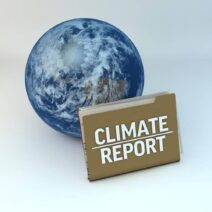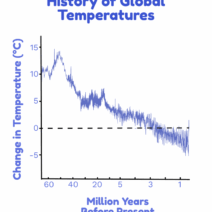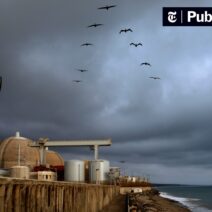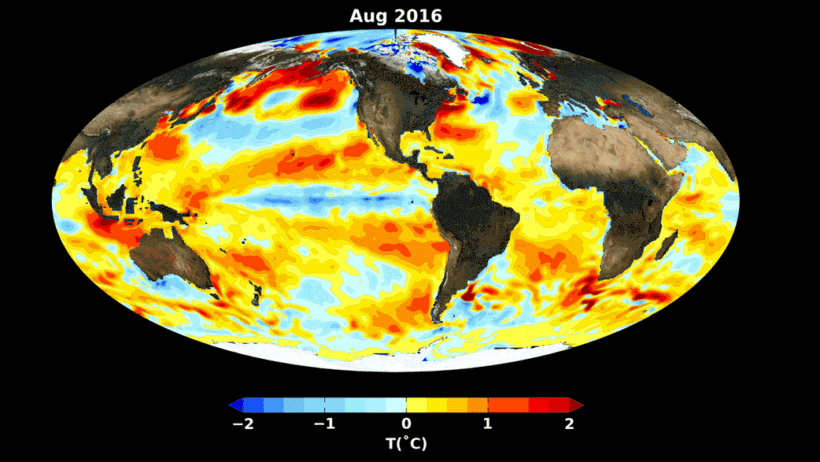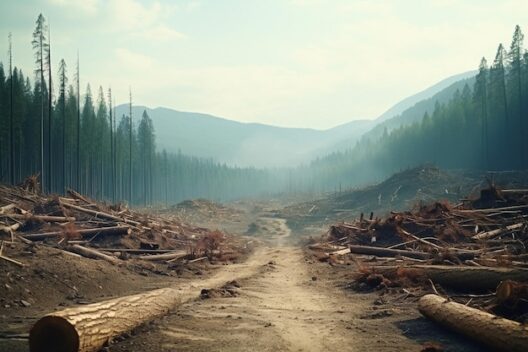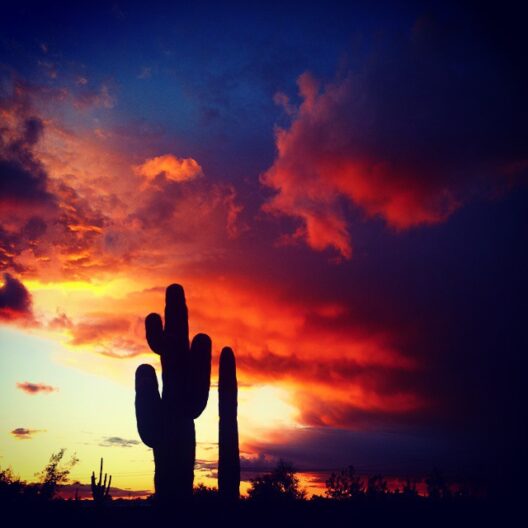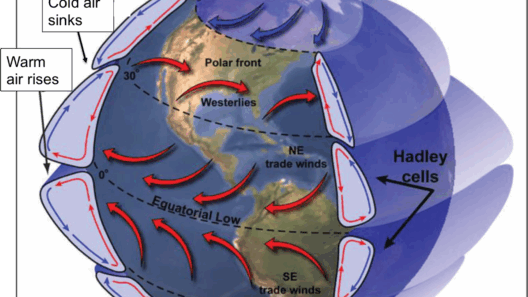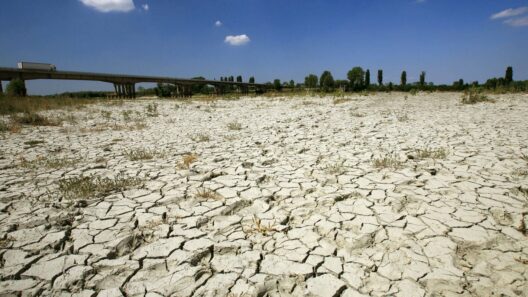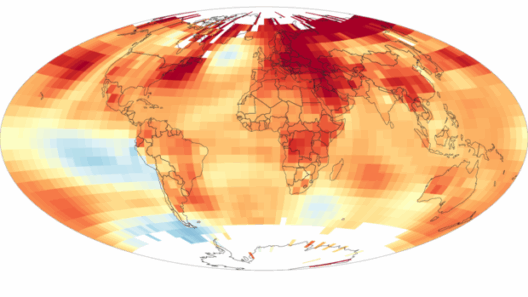The phenomenon of El Niño, a climatic anomaly characterized by the periodic warming of sea surface temperatures in the central and eastern Pacific Ocean, has long captivated and perplexed climatologists and the general populace alike. Viewed as a natural occurrence, El Niños have been observed for centuries, with notable impacts on global weather patterns, economies, and ecosystems. However, the advent of anthropogenic climate change has brought forth intense scrutiny regarding whether these oscillations are merely coincidental with the warming of the planet or if they are increasingly influenced by it.
To decipher the connection between El Niños and climate change, one must first understand the intricate dance of atmospheric and oceanic conditions that define this phenomenon. Typically, El Niño events occur every two to seven years, leading to drastic shifts in weather patterns across the globe. Increased precipitation in some regions, droughts in others, and elevated sea levels are just a few of the impacts associated with these warm phases. However, it is the interplay between these natural occurrences and the relentless march of global warming that raises critical questions about their relationship.
The metaphorical brushstroke that paints the picture of climate change is one of wildfire; just as sparks ignite in a dry forest, global warming acts as a catalyst that may intensify the natural cycles of our planet. The scientific community is now increasingly leaning toward the hypothesis that the disruptive force of climate change heightens the frequency and intensity of El Niño events. This suggests that the natural cycles of the Earth, once stable, are now fraying at the edges due to cumulative human impacts on the atmosphere.
To grasp this connection, one must examine the underlying dynamics of both phenomena. El Niño is not a solitary actor; it interacts with a matrix of ocean currents, trade winds, and atmospheric conditions. As global temperatures rise, the oceans, our planet’s heat reservoirs, absorb an estimated 90% of this excess heat. This oceanic warming has far-reaching implications for phenomenon like El Niño. Warmer waters serve to bolster the strength and duration of these climatic events, potentially leading to more extreme weather patterns globally.
Simultaneously, the question arises: is nature merely entangled in a web of coincidences, or does it respond to the underlying forces we impose on it? The scientific consensus is shifting towards the latter. Research indicates that while El Niños may have existed long before industrialization, the warming ocean waters may increase the potential for these events to produce heightened climatic impacts. The conclusion is harrowing: climate change doesn’t simply coexist with El Niño; it may be reshaping its architecture.
We further observe this correlation in recent El Niño occurrences. For instance, the 2015-2016 El Niño weather event lasted longer and exhibited unprecedented intensity, producing severe droughts and flooding across various continents. Studies suggest that warming temperatures driven by human activities may have fueled these extremes, adding yet another layer of complexity to the unfolding story of global climate dynamics. Here lies the crux of the argument; as the canvas of nature changes due to us, are we not brushing strokes onto the artwork of equilibrium that we are yet to fully comprehend?
A pivotal point of discussion lies in the emerging concepts of feedback loops within the climate system. Just as a maestro influences the symphony through subtle shifts in tempo, our actions, such as the release of greenhouse gases, dance around and significantly impact ocean temperatures and atmospheric patterns. Increased humidity and altered wind patterns due to a warming atmosphere can create conditions more conducive to triggering El Niño events. Thus, it becomes increasingly sophisticated to untwine human influence from natural occurrence, as they increasingly intertwine.
Furthermore, this relationship reaches into the ecological fabric of the planet. During El Niño events, marine life is often disrupted, leading to phenomena like coral bleaching, species migration, and shifts in fish populations. Climate change exacerbates these effects; with rising ocean temperatures and acidification, the already fragile balance of marine ecosystems is threatened, highlighting the interconnectedness of terrestrial and marine responses to climatic instabilities.
In addition to the environmental implications, the socio-economic consequences of the interaction between El Niño and climate change are profound. Disruptions to agricultural patterns, changes in freshwater availability, and increased disaster risks present formidable challenges, further compounded by the effects of climate change. Communities, particularly in developing nations, face threats to food security and livelihoods, cementing the reality that climate change does not respect borders. The repercussions of tropical oceanic fluctuations reach deep into the heart of our global economy.
However, amidst these challenges lies an opportunity for climate resilience and adaptation. Understanding the nexus between El Niño events and climate change can guide policymakers in forming effective strategies. Enhanced forecasting methods, disaster preparedness, and sustainable agricultural practices must be championed to mitigate the most severe impacts of these climatic occurrences. The road ahead is undoubtedly fraught with obstacles, yet it also offers a clarion call to action, urging us to rise to the occasion in the face of a changing world.
In conclusion, the narrative connecting El Niño to global warming is not merely one of coincidental interaction, but rather one of profound interdependence. As we continue to unravel the complexities of our climate, it is imperative to recognize that these natural phenomena are not isolated events. Rather, they exist in a broader context of a warming planet, one which demands our urgent attention and action. The flames of climate change are rising; if we do not act, we risk stoking the fires of an increasingly chaotic and unpredictable future.
